 Refraction scotomata in perimetry
Refraction scotomata in perimetry
EVERYTHING WHICH IS PRESENTED ON THIS PAGE HAS ALREADY BEEN PUBLISHED IN SCIENTIFIC JOURNALS UNDER MY AUTHOR- OR CO-AUTHORSHIP! THEREFORE, COPYING OF THE ENTIRE PAGE OR PARTS OF IT IS ONLY PERMITTED WITH REFERENCE TO MY HOMEPAGE AND THE CORRESPONDING SCIENTIFIC JOURNALS, RESPECTIVELY, AND FOR SCIENTIFIC OR EDUCATIONAL PURPOSES ONLY!
Abstract: Adequate correction is an essential prerequisite for precise perimetry. Therefore, not only the correct glasses have to be chosen, but also their positioning should be properly determined. Otherwise, a distortion of the stimulus grid, as well as a (area enlarging/reducing) distortion of the stimuli themselves, can occur. Therefore, scotomata may be simulated in visual fields which are purely optically evoked (so-called refraction scotomata), because the light stimulus is mapped on an enlarged/reduced retinal area, thereby reducing/increasing light density.
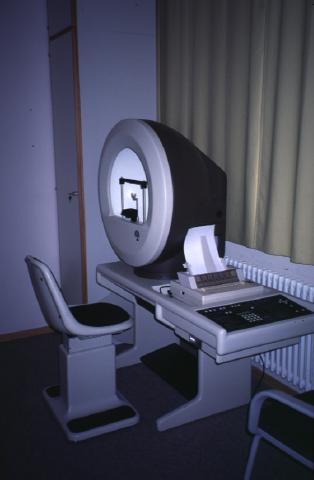
Tübingen Automated Perimeter (TAP-2000) stimulus grid:
high spatial resolution due to 191 test locations!
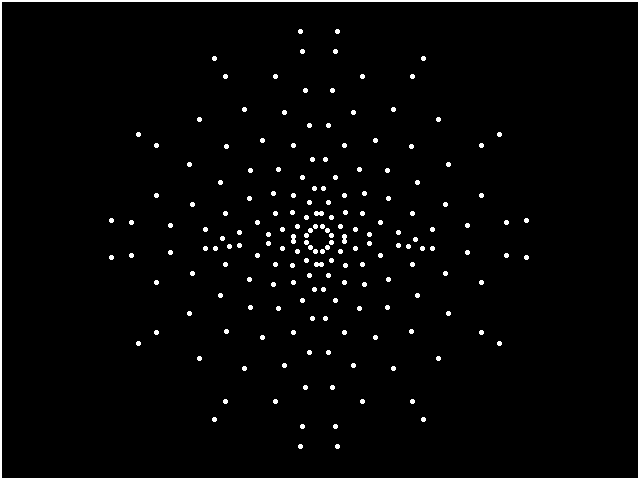
High myopia corrected with a biconcave lens:
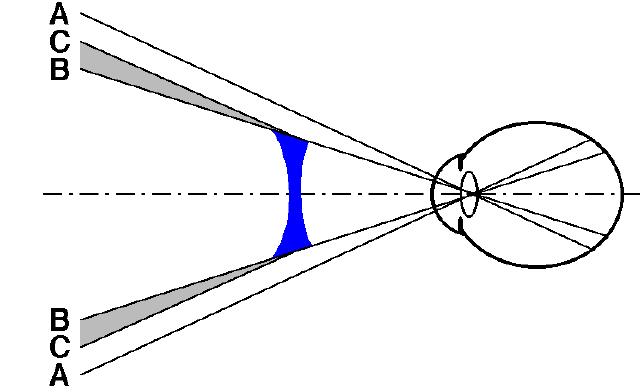
TAP-2000 stimulus grid from the viewpoint of a high myopic person corrected with a biconcave lens:
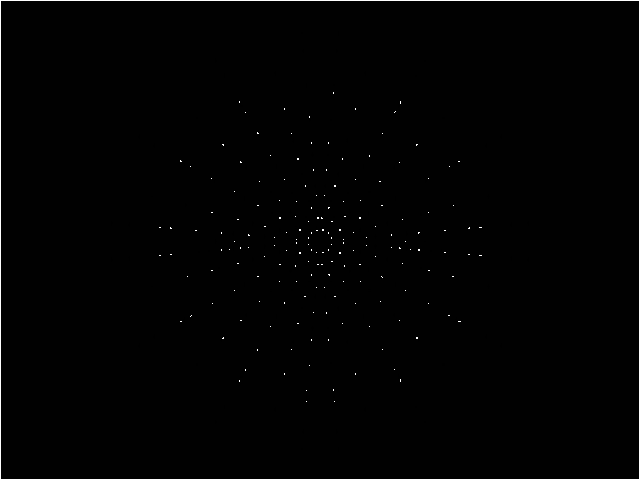
High hyperopia corrected with a biconvex lens:
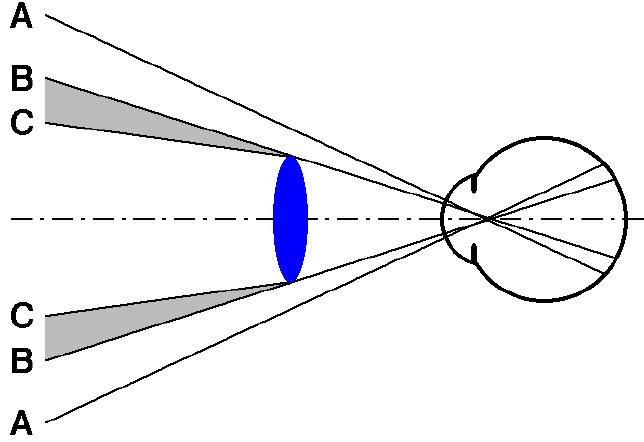
TAP-2000 stimulus grid from the viewpoint of a high hyperopic/aphakic person corrected with a biconvex lens
(annular scotoma):
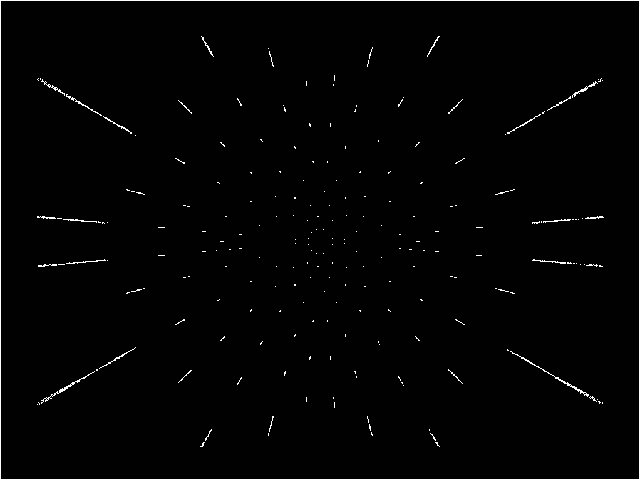
 This page is still under construction!
This page is still under construction!

Copyright © by Dr. Wolfgang Fink
e-mail: wf@wfbabcom5.com
Homepage
Last modified: Tue 06 Aug 2002 at 08:31 AM





